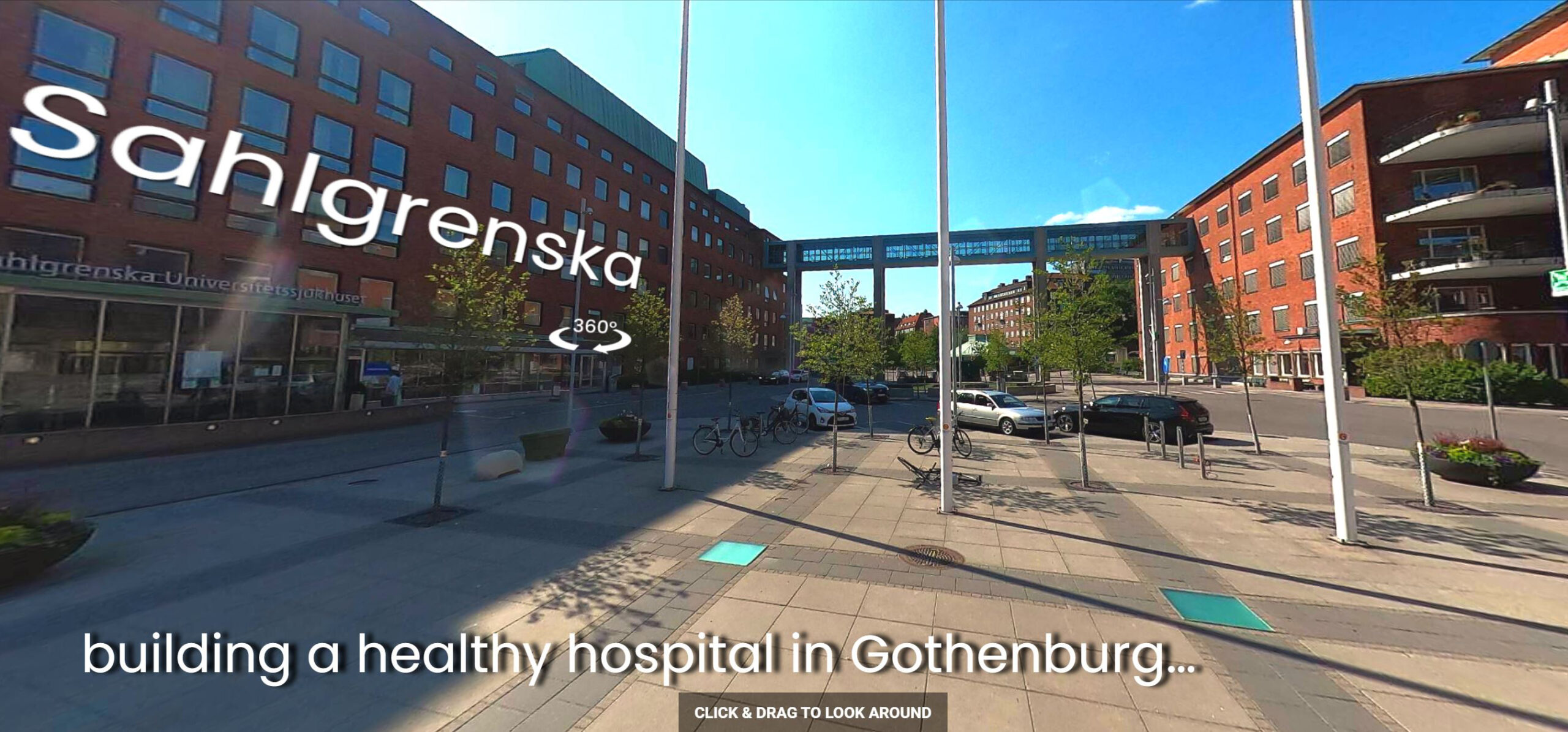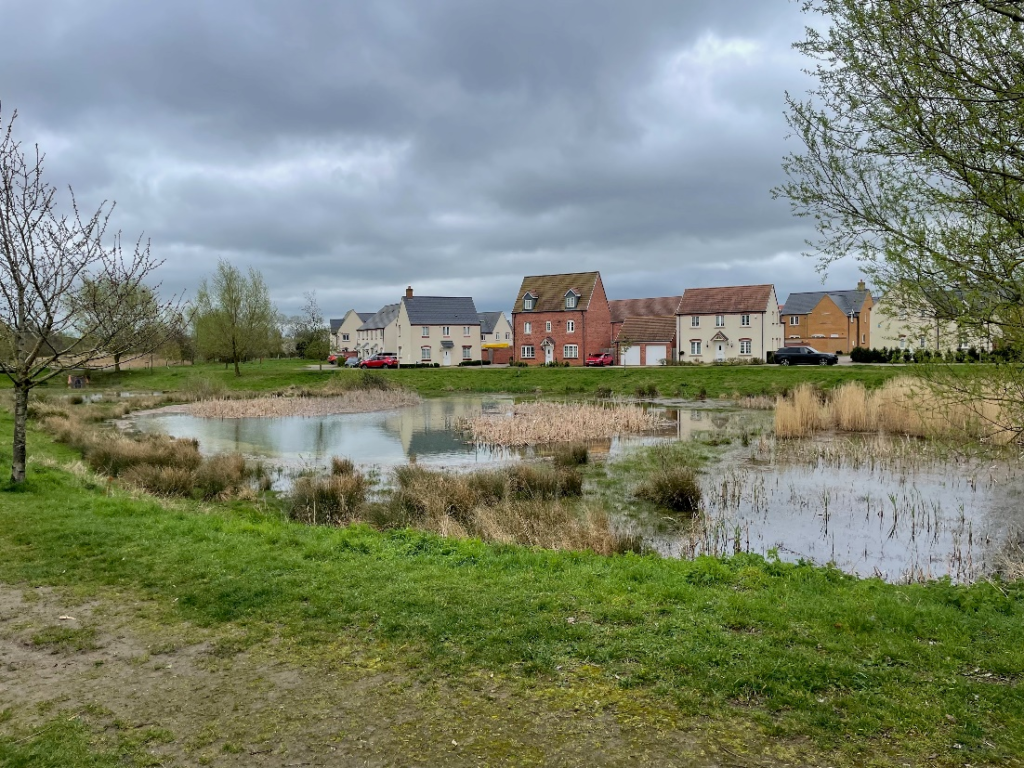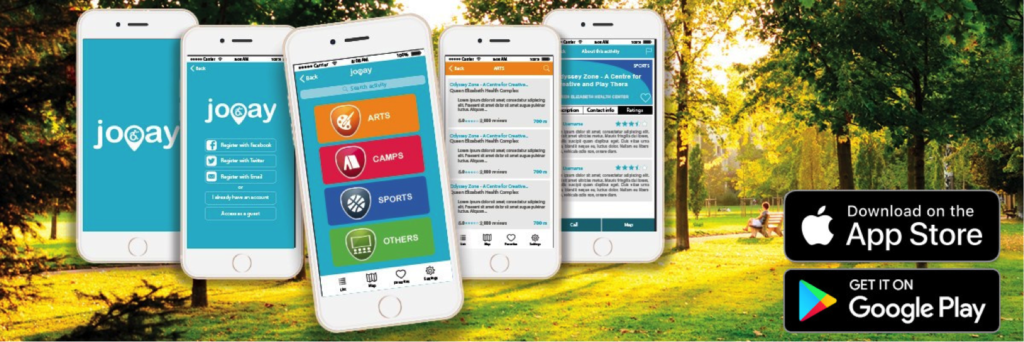Case Studies

Case Context and Problem
Sahlgrenska University Hospital, Northern Europe’s largest healthcare facility, is located in Gothenburg, Sweden, adjacent to a National Reserve and botanical gardens. The hospital serves 700,000 residents and specializes in advanced medical care. However, the campus faces critical challenges: spatial inequities caused by a car-dominated urban design, urban heat islands exacerbated by sealed surfaces, frequent rainwater runoff due to climate change, and biodiversity loss from insufficient green infrastructure. These issues disproportionately affect vulnerable populations, such as children, the elderly, and individuals with disabilities.
Spatial Interventions Objectives
The primary objective is to create a regenerative urban landscape that mitigates environmental stressors while improving walkability, accessibility, and health outcomes for vulnerable groups. Specific goals include:
Methodology
The study employed the UrbanCare research framework, combining field studies, stakeholder workshops, and environmental diagnostics. Key steps included:
Key Results and Lessons Learned
The study revealed significant barriers to walkability, including disconnected pedestrian zones and unsheltered parking lots. Urban heat spots increase cooling energy consumption by 19% and pose serious health risks during heatwaves. Rainwater runoff was found to escalate flooding risks and raise water treatment costs, while biodiversity loss impaired air quality and ecological balance. These findings stress the importance of integrated, nature-based solutions to address these interconnected issues effectively.
Limitations
The study faced limitations in acquiring long-term climate data for predictive modeling and comprehensive user feedback due to time constraints. Additionally, budgetary and administrative barriers hindered immediate implementation of proposed interventions.
Implications for Practice
This case study underscores the need for interdisciplinary collaboration in addressing urban health challenges. Planners and policymakers should prioritize pedestrian-friendly infrastructure, nature-based solutions, and climate-resilient designs to improve health outcomes and urban sustainability.
Visual Evidence
Conclusion
The full case study includes detailed findings on pedestrian barriers, environmental stressors, and proposed regenerative strategies. It highlights methodologies like biotope ratio assessments and heat mapping, alongside stakeholder-driven solutions for improving urban health at Sahlgrenska University Hospital.
Learn more about this case study at: https://www.buildinghealth.eu/a-healthy-hospital-in-gothenburg/
Contributors
Research: Alvaro Valera Sosa (Building Health Lab) and Göran Lindahl (Chalmers University of Technology)
Contributors: Netra Naik and Anna Au from Building Health Lab
Related posts

Providing access to greenspace is insufficient in ensuring that positive benefits are realised. Critical characteristics may distinguish between those spaces that encourage people to visit them and those that are uninviting. This article provides a case study of a residential urban extension in one of the UK’s ‘Healthy New Towns’.

On this webpage, follow the Bötzowviertel case, a neighborhood streetscape analysis with pedestrian solutions.

Big data is valuable for understanding the spread of health-enabling resources in cities. But what happens when those resources are not visible via GIS? We explored crowdsourced data as a solution.